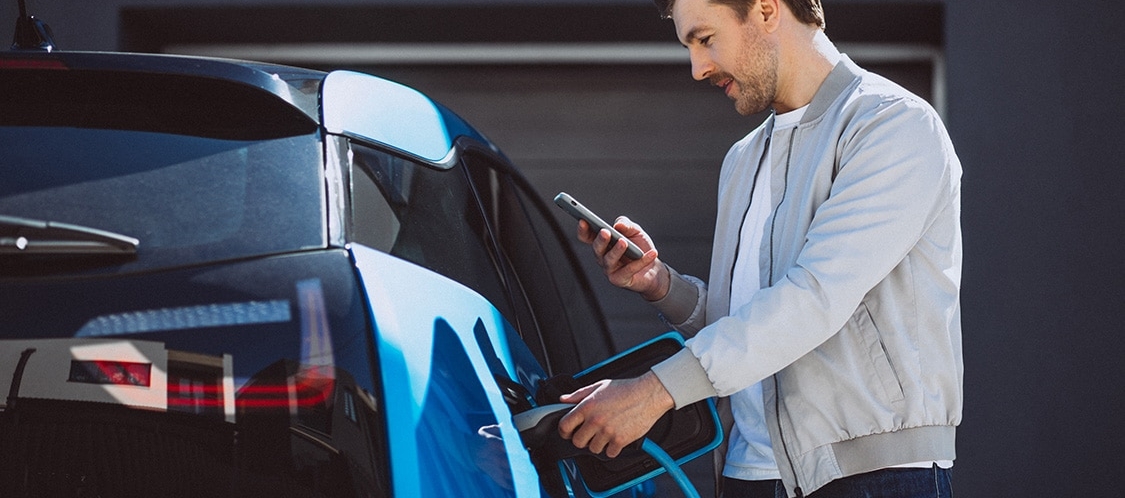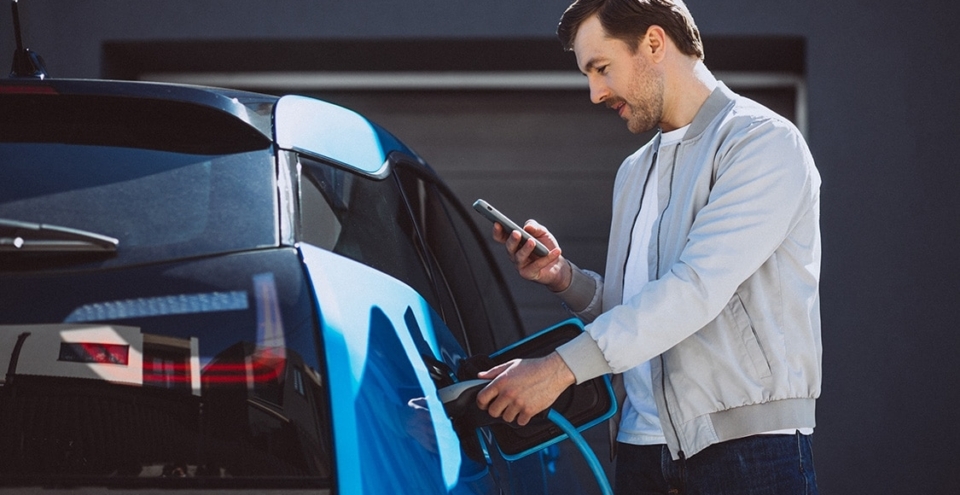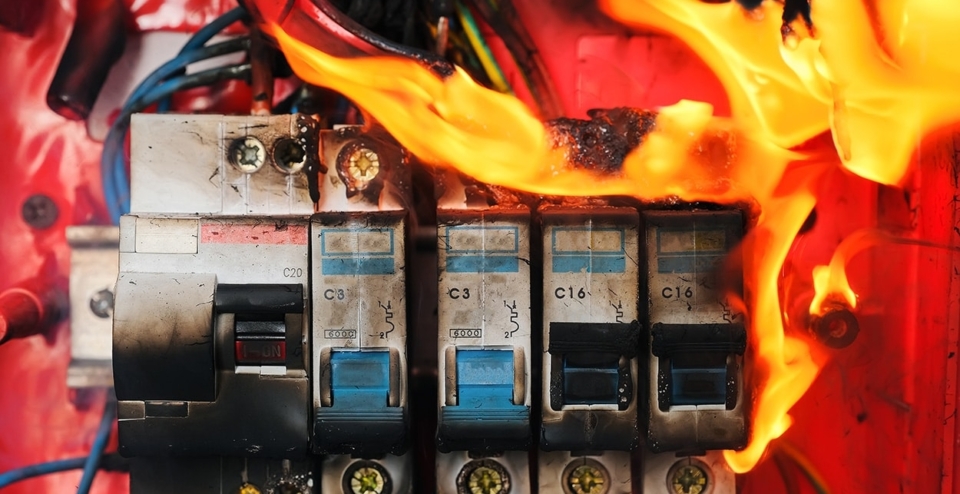
Load Balancing
Load Balancing offers a smart, safe and efficient solution for charging electric vehicles. It protects your home system from overloading, enables sustainable charging and ensures worry-free use of your charging station. The right technology contributes to a more stable electricity network.
Prevents power outages
Efficient energy management
No costly net upgrades
A smart charging structure
As electric vehicles (EVs) become more popular and affordable, new challenges arise around energy management. While electric driving helps reduce carbon emissions and air pollution, the collective charging of EVs puts a great strain on the electricity grid. To solve this problem, smart charging infrastructure is becoming increasingly important.
Load Balancing
Load Balancing keeps your power consumption balanced and prevents unnecessary overloading of your home system. It is a technology that ensures that the power consumption of a charging station is matched to the use of other devices in the home. This prevents overloading of the electrical system and power outages. For example, if you use the washing machine, dishwasher and induction cooktop at the same time, the charging station will automatically use less power. As soon as other appliances use less energy, the charging station can charge again at a higher power level.
Smart Balance
Electric driving is increasingly popular and more and more households now have their own charging station. However, large power consumers, such as heat pumps, Jacuzzis or induction hobs, when combined with a charging station can lead to overloading and power outages. Load Balancing offers a solution by automatically adjusting the charging capacity to the available power capacity.
Two types of load balancing
There are two types of Load Balancing, each contributing in its own way to efficient power management:
- Dynamic Load Balancing
This method is suitable for a single charging station. The charging station communicates with the meter box and automatically adjusts the charging power based on power consumption in the home. If power consumption is high, the EV charges at a lower power level. As soon as less power is needed for other devices, the charging power is increased. - Smart Charging
This system is used at multiple charging stations, for example at office locations. The charging stations communicate among themselves to distribute the available power. If more vehicles charge at the same time, the charging power is distributed proportionally. This prevents overloading the power network.

Sustainable combining
Do you have both a charging station and solar panels? Then you can combine them for a sustainable charging solution. With Dynamic Load Balancing, the generated solar energy is first used to charge your EV. If the solar panels do not provide enough power, the charging station will automatically supplement this with energy from the regular electricity grid.
Right solution
Load balancing depends on your power consumption and the appliances in your home. Households with many power consumers, such as heat pumps and Jacuzzis, are at greater risk of overcharging. The charging capacity of your charging station also plays a role. A 22 kW charging capacity is more likely to overcharge than a 3.7 kW charging capacity.
You can check the maximum capacity of your meter box through your energy supplier’s financial statements or by using an energy consumption manager. This will give you insight into your power consumption and allow you to determine if Load Balancing is an appropriate solution.
